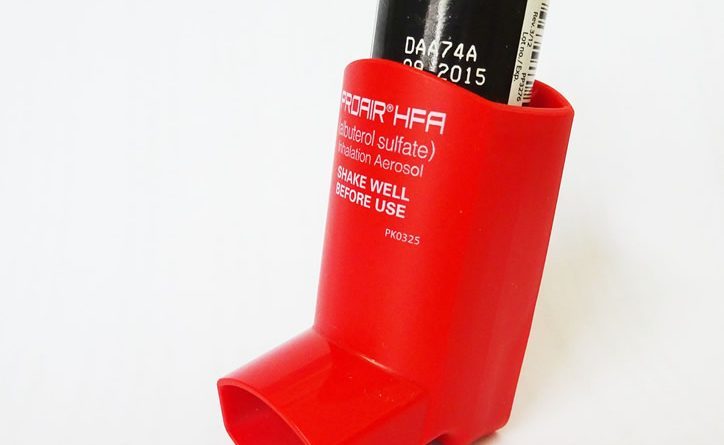Asthma is a serious condition that affects the lungs and the ability to breathe due to inflammation and constriction of the airways of the lungs.
Symptoms of asthma are chest tightening, loss of energy, wheezing, shortness of breath, and coughing. Asthma can be worsened in some people by exercise, workplace irritants such as dust or chemical fumes, and allergies such as pet dander or pollen. People may also have an asthma attack, a period of time in which breathing becomes difficult or life-threatening, which makes inhalers invaluable treatment options for those with asthma.
Although asthma can be dangerous, it is entirely possible to have a normal life with it. Having asthma isn’t as restrictive as it was even 30 years ago; advances in medicines and inhalers in particular have changed the lives of people with asthma around the world. The key to happy lungs is to have a proper asthma care plan created by you and your doctor for both long-term and short-term asthma management.
Types of Asthma Inhalers
There are two main types of inhalers for asthma: long-term and short-term. Long-term inhalers are for preventative long-term treatment of asthma. This would be a daily-use inhaler that prevents asthma from worsening and even makes it better steadily. However, even with this prevention method, you may incur an asthma attack. For this reason, there are also short-term inhalers, or “rescue” inhalers, for sudden attacks or symptoms of asthma. Modern inhalers are highly effective at treating sudden asthma attacks.
Using an Asthma Inhaler
To use a long-term or quick-relief inhaler, you first must keep it in an accessible place, such as a purse or a backpack. It is necessary to have an inhaler on you at all times, especially while at school or traveling. To use, you will remove the cap at the mouth of the inhaler. Shake the inhaler for the prescribed amount of time, which is usually five seconds. Lastly, put your mouth completely around the inhaler’s mouthpiece and breath deeply as you press the medication canister down. Hold your breath for approximately 10 seconds if possible.
Types of Asthma Medications
There are many choices for long-term inhaler medications. These involve anti-inflammatory corticosteroids such as fluticasone, budesonide, flunisolide, ciclesonide, beclomethasone, and mometason. These work to reduce the swelling in your lungs. There are also long-action beta agonists to open the airways, such as salmeterol and formoterol. Lastly, there are combination inhalers that contain a long-acting beta agonist as well as a corticosteroid. These include fluticason-salmeterol, budesonide-formoterol, and mometason-formoterol. Side effects and effectiveness vary by individual, so be sure to check with your doctor which one is right for you.
Quick-relief rescue inhalers have fewer medicine options, but they are effective at treating asthma attack symptoms. There are short-acting beta agonists such as albuterol, levabuterol, and pirbuterol. These medicines quickly work to reduce your asthma symptoms. There is also a bronchodilator called ipratroprium that works to immediately relax your airways. Remember, quick-relief inhalers are only for short-term use. They are not meant as an everyday preventative for your asthma.
Featured Image Source: pixabay.com




